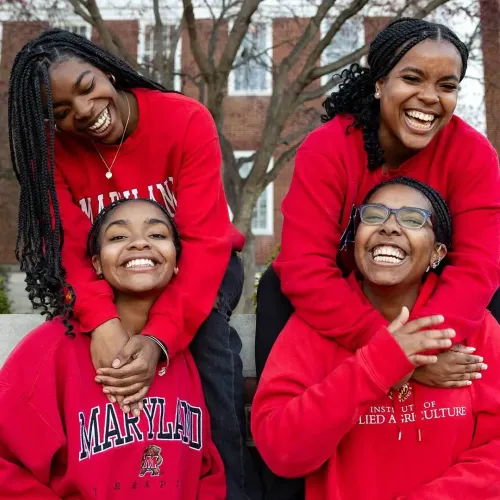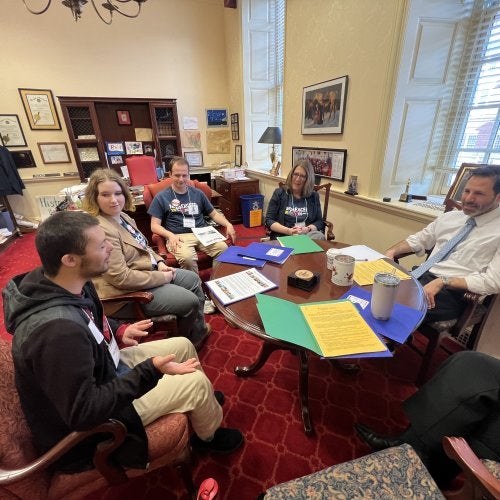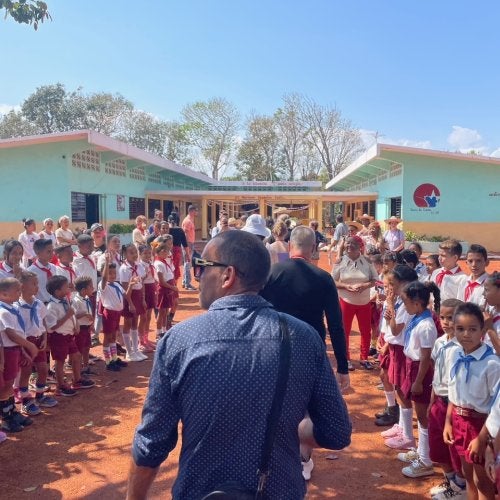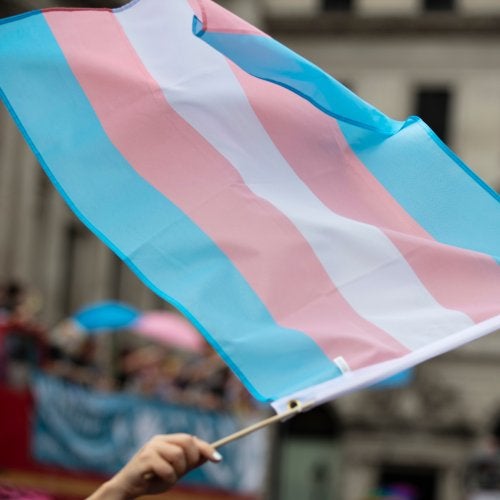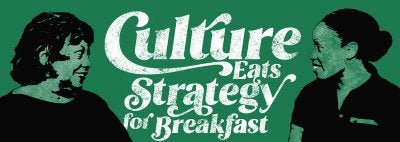

Culture Eats Strategy for Breakfast
Closing opportunity gaps and overcoming educational inequities is weaved throughout the history of the UMD College of Education.
At Maryland, many of the African American students and faculty who broke racial barriers did so at the College of Education (COE). For instance, in 1945, at the request of several enrichment students, the Department of Industrial Education offered graduate work for African American students at its Baltimore Division. COE would go on to host the first black undergraduate student to graduate from the university, Elaine Johnson Coates ‘59.
In 1965, M. Lucia James became the first African American faculty member at College Park when she was appointed as associate professor of general education and director of the College of Education’s Curriculum Laboratory.
As we celebrate COE’s centennial, we reflect on what the College has done to advance equity in the past and what we can do to move it forward. We interviewed COE alumni and former University Counseling Center Director Dr. Vivian S. Boyd ’75, doctoral student Autumn Griffin and Dr. Sharon Fries-Britt ’81, Ph.D. ’94, professor of higher education at the college, on COE’s role in advancing diversity and inclusion in education.
In 1975, more than twenty years after the first African American students received degrees from UMD, Dr. Vivian Boyd graduated from the College of Education with her doctorate in counseling in higher education.
“I was the only black student in our program at that time. I was aware of Lucia James, who was a black faculty member in the College of Education,” Dr. Boyd said. “I needed a lot of time to be alone, sort of like finding a cocoon in which I could recharge myself. I sort of defended myself by only attending everything that I needed to attend.”
Dr. Boyd’s experience of feeling isolated and needing space alone is not just a reflection of that time period, but a reflection of the experience students of color have at Predominantly White Institutions (PWIs) of higher education.
A study by Dr. Julie J. Park, associate professor at the college, shatters the myths that students of color self-segregate because they don’t want to integrate. Rather, she contends that students of color need time to restore after daily experiences with bias and asserts that organizations for students of specific race and ethnic groups are used as charging docks for those students.
During the College of Education Terrapin EdTalk event, held in October 2019, Dr. Park had this to say about self-segregating:
“These venues that seem like they’re promoting self-segregation are actually critical because they serve as these recharging stations for students of color.”
She also stated that our own cognitive bias is what shapes widely held myths about why students of color seem to self-segregate on predominantly white campuses.
“Research around cognitive bias states that contrary to what we might think about ourselves, we are actually predictably irrational. We like to think that we are very logical, that we will look at all the facts and data, look for just confirming forms of evidence, talk to ten people. But in reality, our brains are actually wired in a way where we trip ourselves up all the time.”
Cognitive bias suggests that students of color self-segregate due to preference, but research has shown that non-white students actually have more culturally diverse relationships than their white counterparts. And while students of color do integrate more frequently, there is still a need for more safe spaces and addressing implicit bias.
Doctoral student Autumn Griffin’s research includes creating safe digital spaces for black women and girls, and discusses her perspective on being a student of color on a predominantly white campus.
“In general, physical spaces have never been safe for black folks in America. Some have, but even when I think about those places that have served as hush harbors - like hair salons, and churches – they kind of took place away from the white gaze in ways. I think that the digital [space] provides us this kind of safe space to do that same thing–to build community.”
“We need to be in community with other black folks having these conversations in ways that we don’t feel restricted, in ways where our voices can have a broad reach, and also where we can be our most authentic selves. We can be both student and black and woman and all of those things simultaneously and we don’t have to separate them,” Griffin said.
She suggests that colleges think about other on-campus systems, such as the classroom, and look at diversity beyond the student population.
“I think the role that institutions play in creating and maintaining spaces for students of color to feel comfortable and thrive has a lot to do with what supports they’re setting up for students. We’ve gotten into talking about what it means to be diverse on campus, but what does diversity mean if it’s in face only? If there are not faculty of color that are working from critical lenses or if critical frameworks are not necessarily something that is supported in your department or in the college, what does it mean to be diverse and how are we actually supporting students in that way?”
Research by Dr. Fries-Britt suggests colleges should focus on cultivating environments that nurture students and, in particular, support high achieving black students and students of color.
“I think fundamentally, we need all kind of diverse faculty. We need folks in the academy who, not just by their presence, but that presence brings with it degrees of interest and areas of experience that actually are important to helping to explore topics in a classroom. I think that’s pivotal because the power of the classroom at different stages in one’s academic life is significant.”
Dr. Fries-Britt believes in order to continue to create and expand equity, the College needs to ensure faculty as well as staff are prepared to keep its mission moving forward.
“I think we have to have a set of skills and abilities to understand that we are important instruments in the process of connecting with people [and] we’ve got to figure out what it is that our faculty produces in folks. One piece of that is having the kind of real conversations around race, ethnicity and diversity in a way that’s above and beyond.”
COE is committed to promoting success for students of all backgrounds by engaging a wide variety of ideas, voices and perspectives. Today, COE continues to advance diverse perspectives through its Center for Diversity and Inclusion in Higher Education and leading scholars whose research informs changes in K-12 and higher education policies, practices and cultures to be more inclusive.
